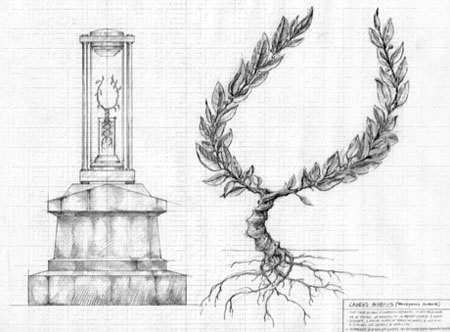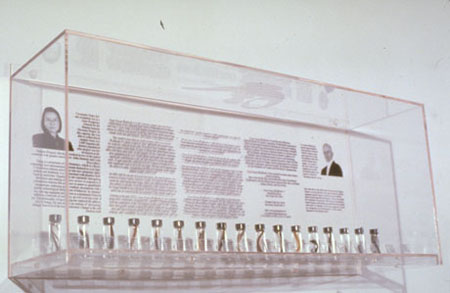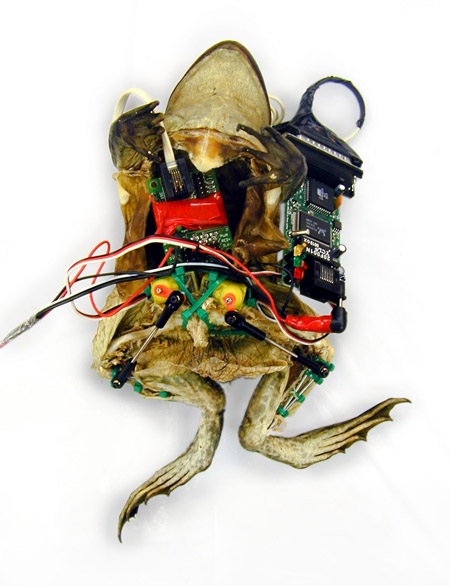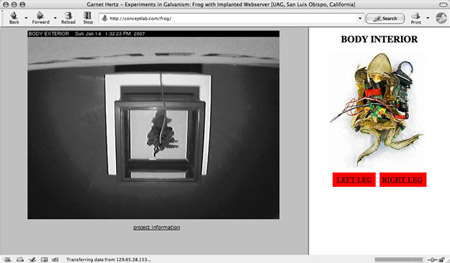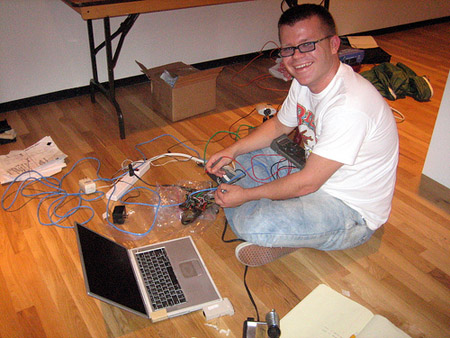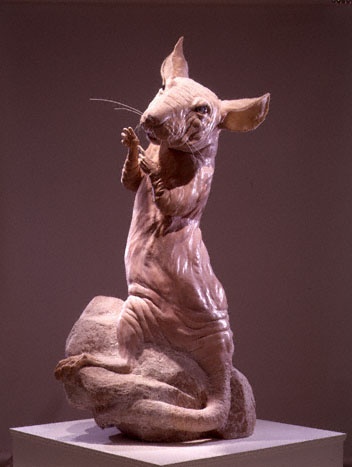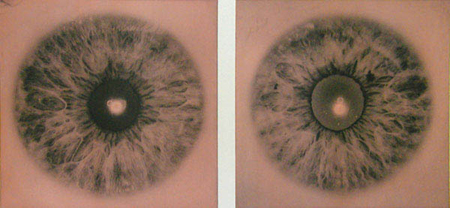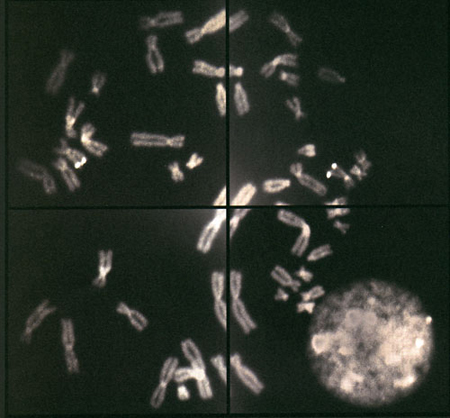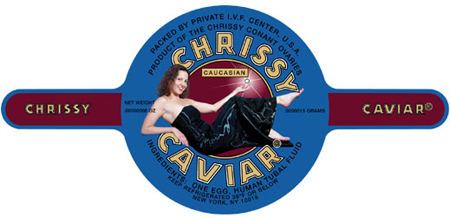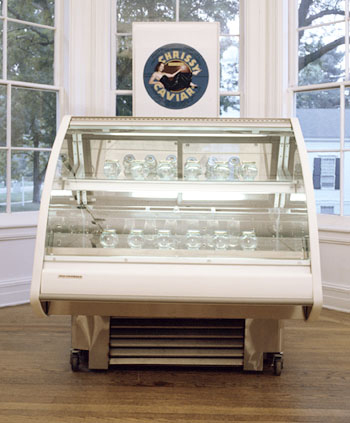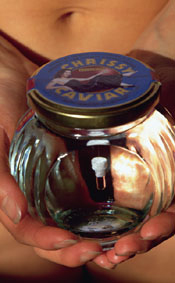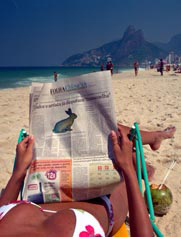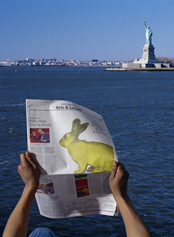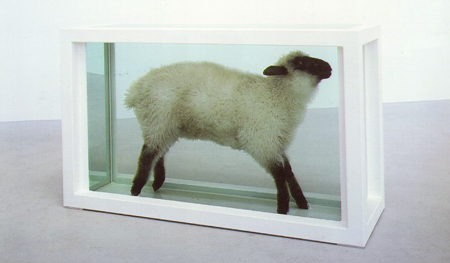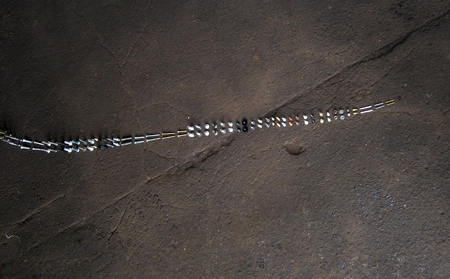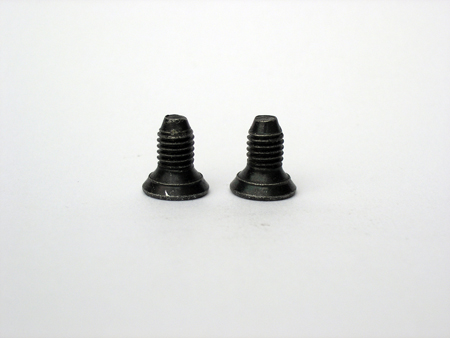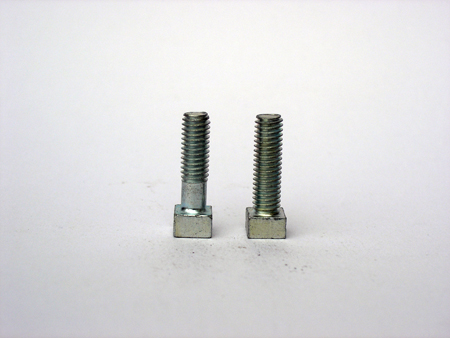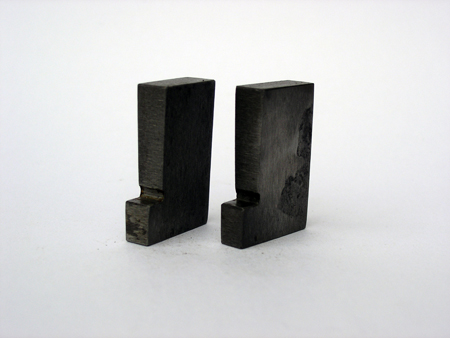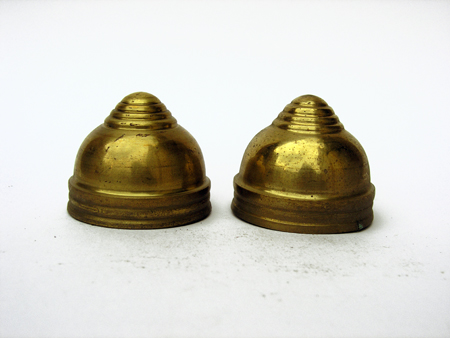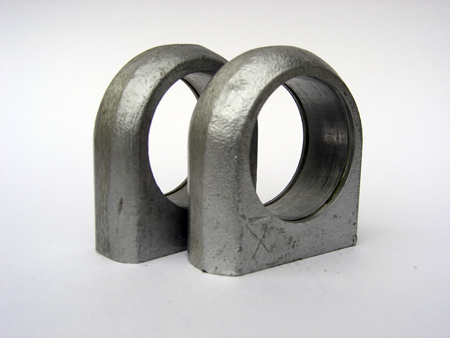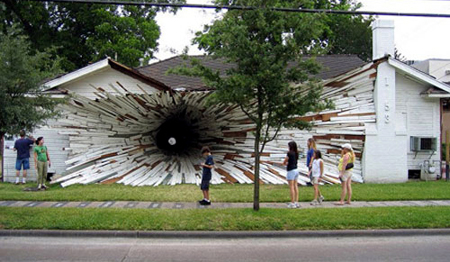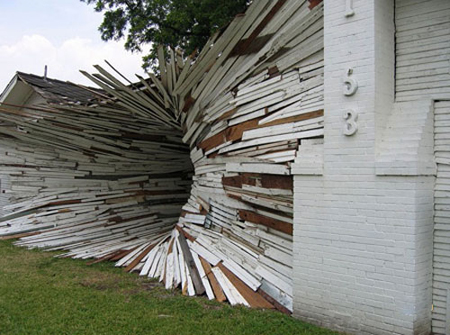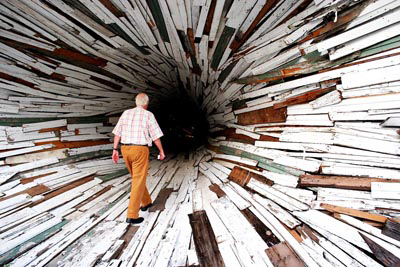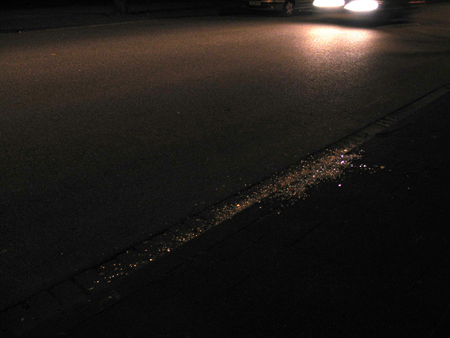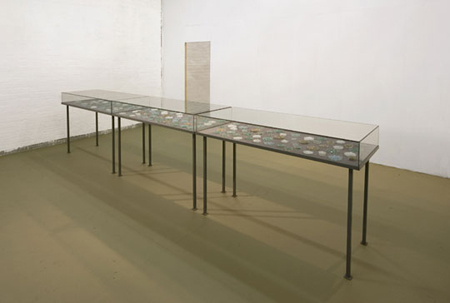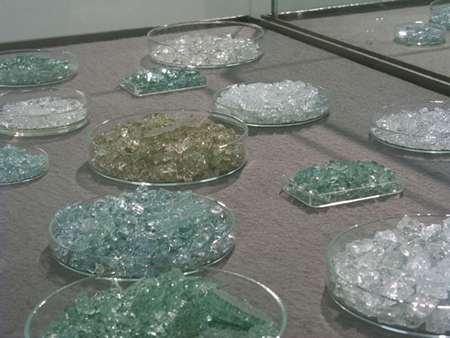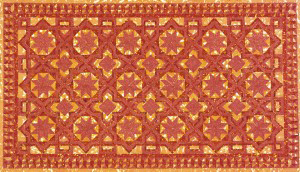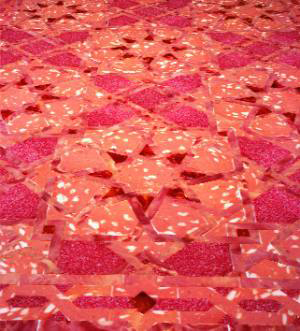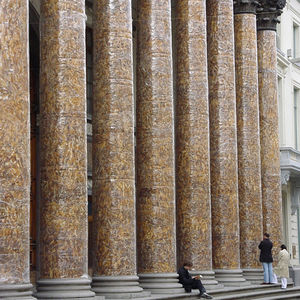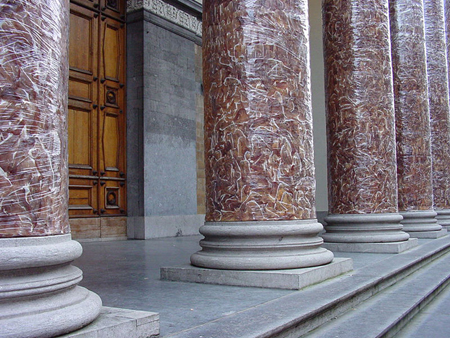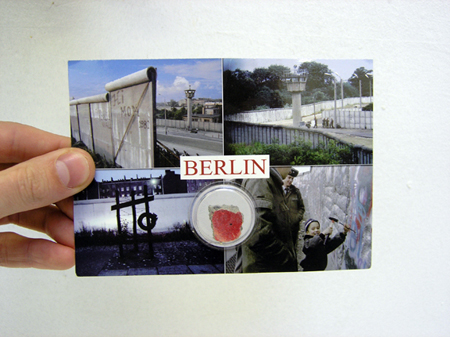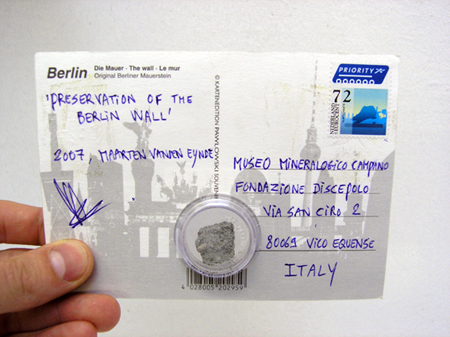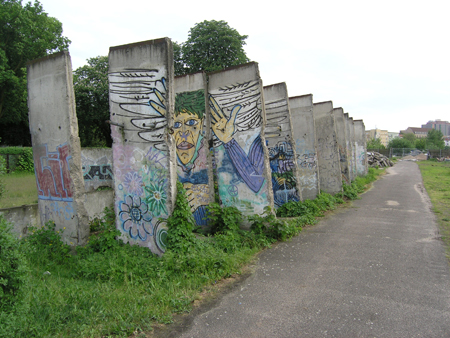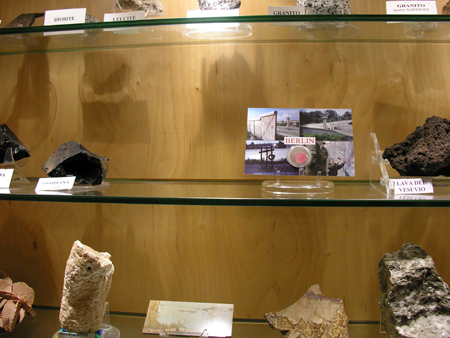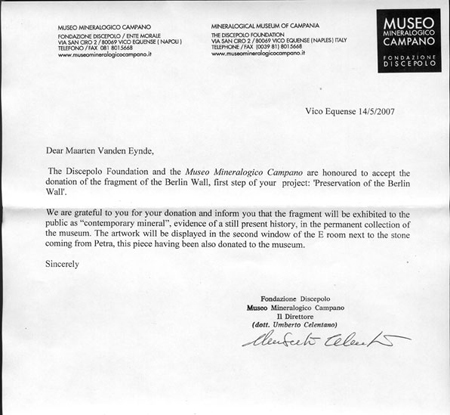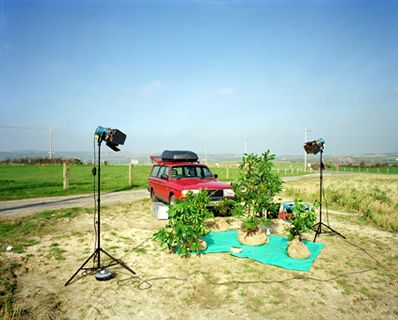OneTree
augustus 8th, 2007Natalie Jeremijenko
OneTree, 2000
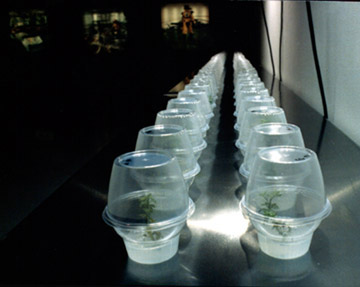
Natalie Jeremijenko, working at the intersection of contemporary art, science, and engineering, has completed an impressive number of projects individually and in collaboration with the artists’ collective, the Bureau of Inverse Technology (BIT). She creates “spectacles of participation” using robotics, genetic engineering, and digital, electromechanical and interactive systems, aimed at exposing, disrupting and redirecting the power that technology exerts on the human and natural environment.
Jeremijenko’s projects have included: Suicide Box, a vertical motion triggered camera unit which monitors and records activity around San Francisco’s Golden Gate Bridge; BitPlane, a device designed to circumvent the security systems of high tech corporate campuses in Silicon Valley; and BitRocket, which allows users to make accurate head counts at public demonstrations, and to document crowd interactions with police and security forces. For her Feral Robotic Dog Pack project Jeremijenko reprogrammed robot dogs “for semi-autonomous deployment” and set them loose to detect toxins in the local environment.
Many of Jeremijenko’s works investigate our disposition toward and impact on other species and the larger ecology. Her Uphone Sparrow Report used mobile phone networks to capture live data on the vanishing populations of sparrows around New York and London, while her robotic geese encouraged human controllers to learn about, and interact with, wild geese, instead of hunting them. Jeremijenko’s large-scale public artwork OneTree is 1,000 genetically identical micro cultured Paradox Vlach clones grown with the goal of providing a “public platform for ongoing discussions around genetic engineering.” A related software component measures the C02 in a computer’s immediate microenvironment, while Stump is a printer queue virus that counts the number of pages consumed by the printer; when the equivalent of one tree’s worth of pulp has been consumed, it automatically prints out a slice of tree.
Cloning has made it possible to Xerox copy organic life and fundamentally confound the traditional understanding of individualism and authenticity. In the public sphere, genetics is often reduced to ìfinding the gene for (fill in the blank),î misrepresenting the complex interactions of the organism with environmental influences. The swelling cultural debate that contrasts genetic determinism and environmental influence has consequences for understanding our own agency in the world, be it predetermined by genetic inevitability or constructed by our actions and environment. The OneTree project is a forum for public involvement in this debate, a shared experience with actual material consequences.
OneTree is actually one hundred tree(s), clones of a single tree micropropagated in culture. These clones were originally exhibited together as plantlets at Yerba Buena Center for the Arts, San Francisco, in 1999. This was the only time they were seen together. In the spring of 2001, the clones will be planted in public sites throughout the San Francisco Bay Area, including Golden Gate Park, 220 private properties, San Francisco school district sites, Bay Area Rapid Transit stations, Yerba Buena Performing Arts Center, and Union Square. A selection of international sites are also being negotiated. Friends of the Urban Forest are coordinating the planting. Because the trees are biologically identical, they will render the social and environmental differences to which they are exposed in subsequent years. The treesí slow and consistent growth will record the unique experiences and contingencies of each public site. The tree(s) will become a networked instrument that maps the microclimates of the Bay Area, connected through their biological materiality. People can view the tree(s) and compare them, a long, quiet, and persisting testament to the Bay Areaís diverse environment.
